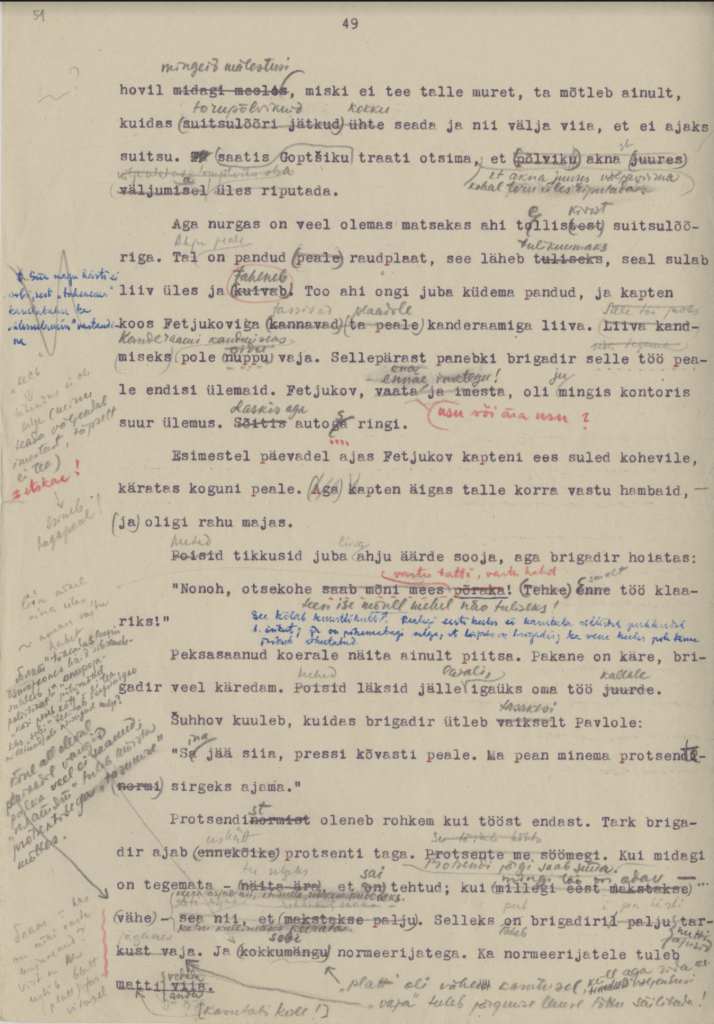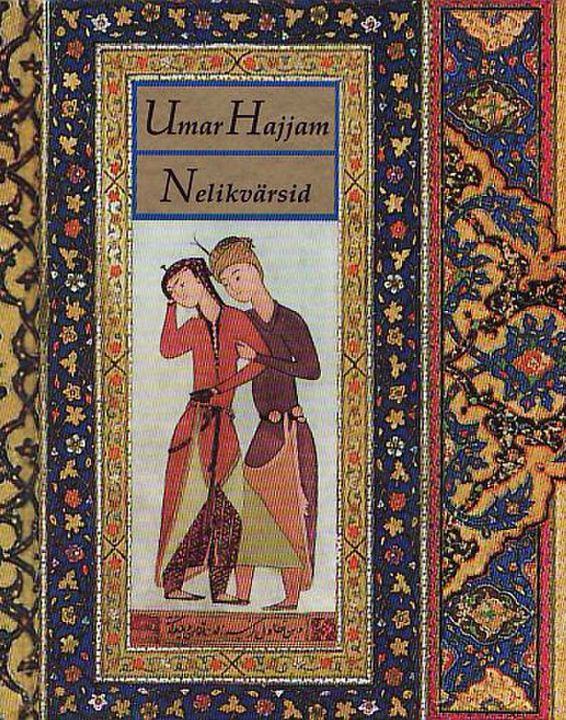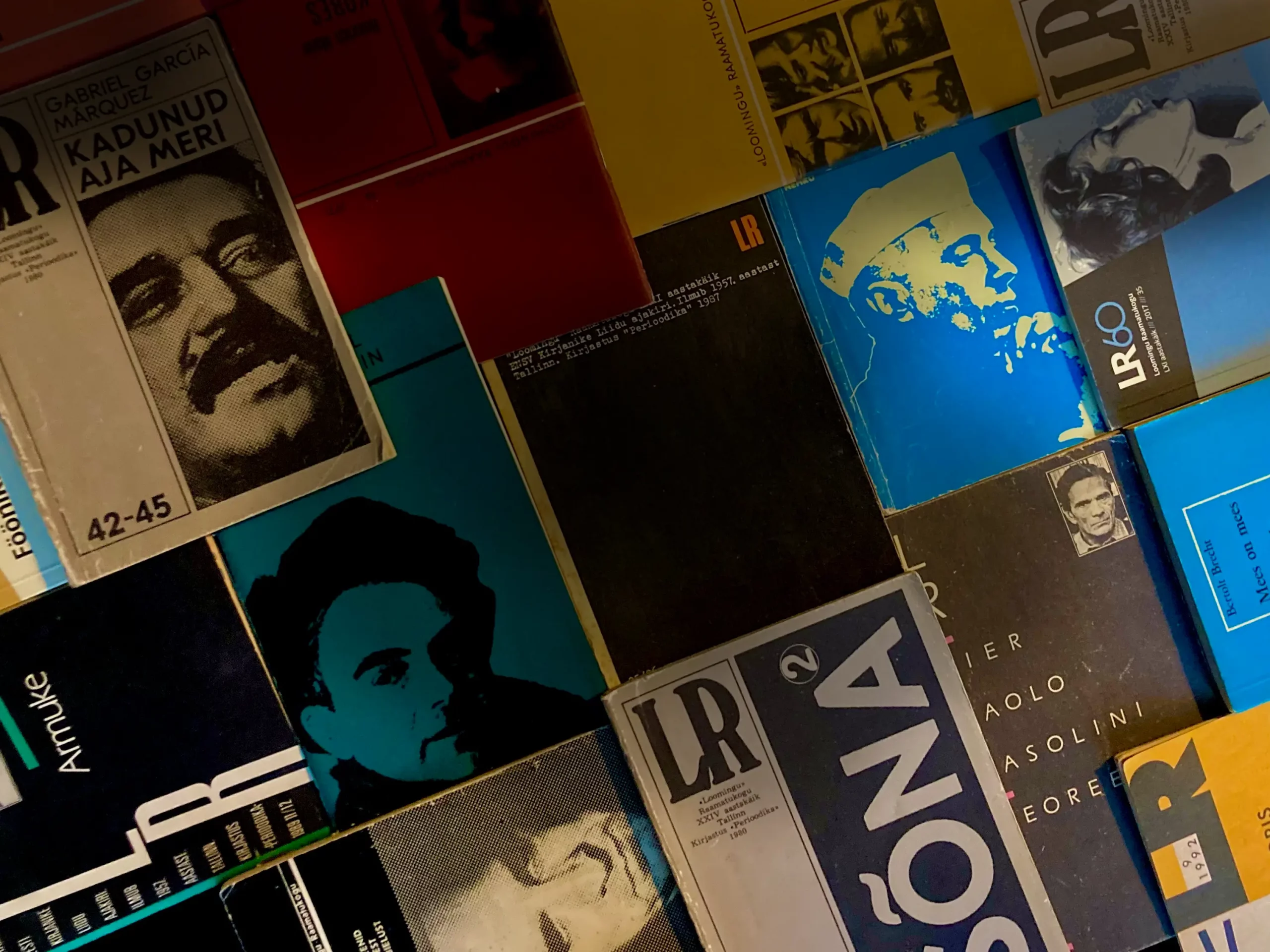Description of the database
The database on translations includes literary translations into Estonian that have been published as separate books, in collections of translations and in periodicals in 1850-2010. It also contains data on reviews of translated fiction. The database has been compiled on the basis of the Estonian national bibliography database and its printed publications as well as the analytical retrospective bibliography catalogues compiled by the Archival Library of the Estonian Literary Museum and the National Library of Estonia.


“Translation in History: Estonia 1850-2010: Texts, Agents, Institutions, Practices“
The project “Translation in History: Estonia 1850-2010: Texts, Agents, Institutions, Practices” studies Estonian translation history (1850–2010) by considering translation as an active agent of cultural change that is functionally crucial to a culture’s self-understanding and to shaping its identity. Estonian culture is thoroughly translational; the Estonian written standard and its literature were constituted by acts and processes of translation, and translation has continued to play a strategic role in the development of Estonian culture.
Goals of the project
To write the first comprehensive history of translation in Estonia
To study the history of translation from the middle of the 19th century to the present day.
To treat translations not only as a historical object, but also as a tool for studying historical processes.
Rethinking the most controversial aspects of Estonian cultural identity.

The translation literature database has been completed within the framework of the research project PRG1206 (“Translation in History, Estonia 1850-2010: Texts, Authors, Institutions and Practices”) funded by the Estonian Research Agency.

